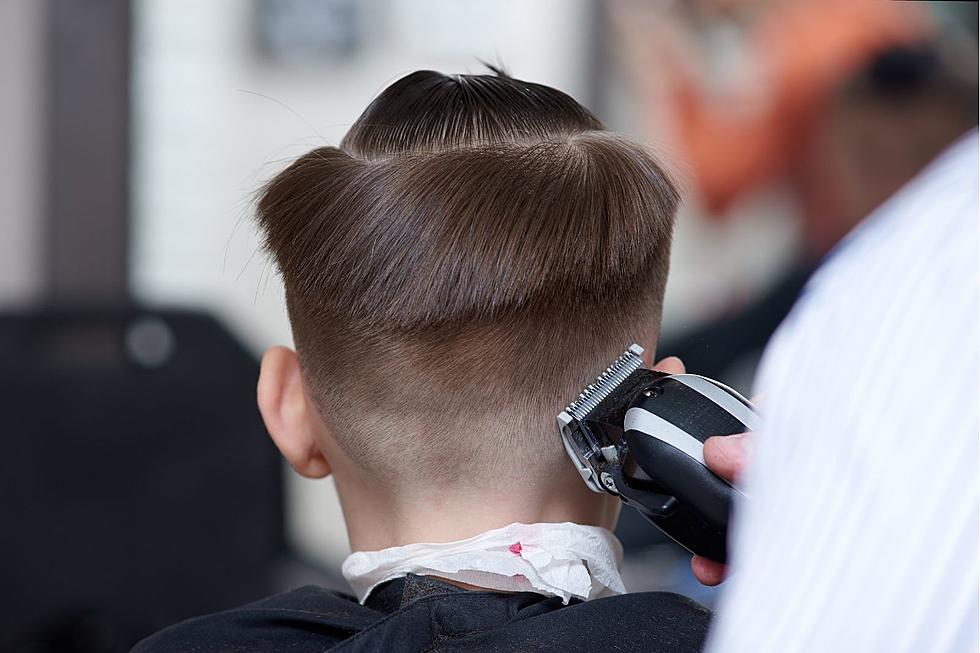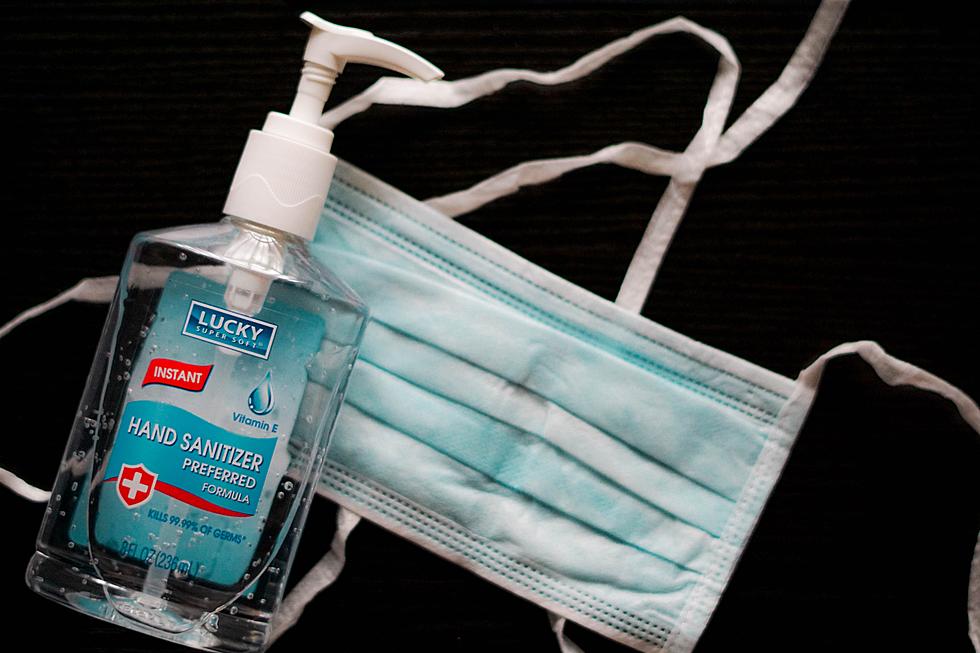
Looking Shaggy? Get a Free Haircut for Giving Blood in September
Where do you fall on the haircut timeline? There are those that keep it trim and proper with regular visits to the stylist. The ones that might not even need it - but they go anyway because it's been three weeks between cuts and they have to stick to the schedule. And of course, the other side of the equation are the ones that just let it grow until they can't take it anymore. I guess I'm somewhere in the middle - I pop in for a haircut every couple of months, or before a special occasion. The only thing I'm really certain of - is I'm glad barber shops and salons were able to reopen when they did during the pandemic..... because haircuts at home were a bit rough.
As our summer days are starting to dwindle, the American Red Cross is concerned about the blood supply as we head into the fall. Donations are down over the last few weeks - and things like the increase of COVID-19 cases, recent hurricane activity, and families focusing on back-to-school priorities could come into play and affect donor levels across the country.
If you're thinking to yourself, "that was a weird transition from haircuts to blood donation".....just wait, there's a connection. The Red Cross and Sport Clips are teaming up to provide free haircuts to blood donors throughout the month of September. Those that donate will receive a Sport Clips coupon sent to them via email.
We know you don't give blood for any other reason than to help others. But there's nothing wrong with snagging a free haircut for your efforts. A Missoulian article lists some of the upcoming blood donation opportunities around Missoula - including Sept. 15: 10 a.m.-2 p.m., Missoula Community Blood Drive at the American Red Cross Donor Center, 2401 N. Reserve St. Suite 6-7.
If you want to give blood - schedule an appointment with the Red Cross Blood Donor App, by visiting RedCrossBlood.org, or by calling 1-800-RED CROSS (1-800-733-2767).
Goosebumps and other bodily reactions, explained
KEEP READING: See 25 natural ways to boost your immune system
LOOK: The most expensive weather and climate disasters in recent decades
More From 94.9 KYSS FM









